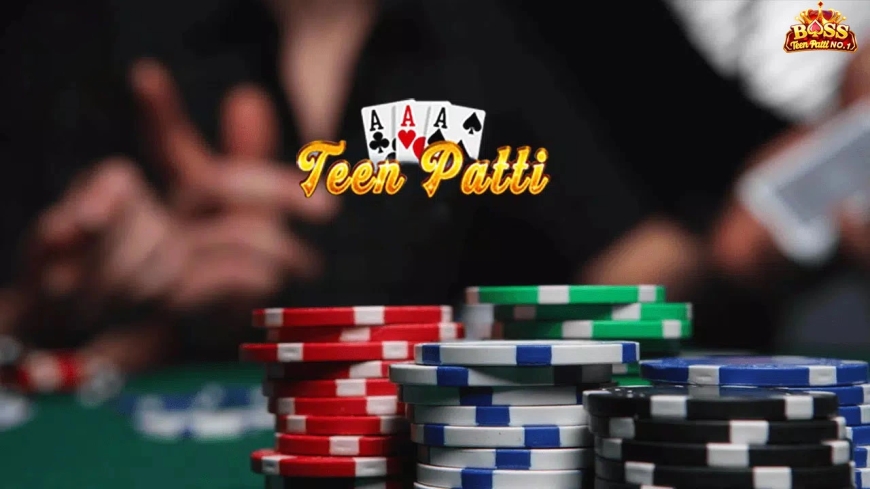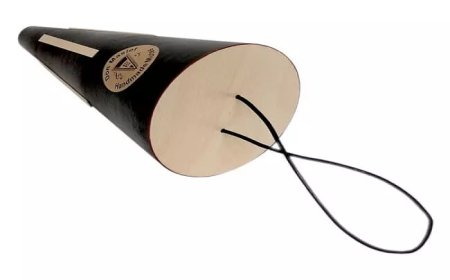Teen Patti Game: Rules, Flow & Tactical Insights
Discover the real rules, hand rankings, and practical strategies behind the Teen Patti game. Perfect for Indian players who want to level up with smart play.

The Teen Patti game, often called Indian Poker, is a traditional card game that has evolved into a competitive format across apps and online platforms. But to many, its more than just a game. Teen Patti combines psychology, timing, and calculated risk-taking. Its simple to learn but tricky to master.
Whether youre playing casually with friends or participating in online matches, knowing the mechanics, behavior patterns, and strategic angles of the game will sharpen your skills and boost your chances of winning.
Basic Setup: How the Teen Patti Game Works
Teen Patti is played with a standard 52-card deck (no jokers) and usually involves 3 to 6 players. Each player is dealt three face-down cards. The game starts with an agreed boot amount (minimum stake) that forms the pot.
Once cards are dealt, players take turns to bet or fold. You can play blind (without seeing your cards) or seen (after looking). The round continues until one player remains or all others fold. The last two players can ask for a show, comparing their cards to determine the winner.
Hand Rankings in Teen Patti (High to Low)
Mastering the Teen Patti hand rankings is crucial. Heres the hierarchy:
-
Trail (Three of a Kind): Three cards of the same rank, e.g., 7-7-7.
-
Pure Sequence (Straight Flush): Three consecutive cards of the same suit, e.g., 5-6-7 of spades.
-
Sequence (Straight): Three consecutive cards of mixed suits.
-
Color (Flush): Three cards of the same suit, not in sequence.
-
Pair: Two cards of the same rank.
-
High Card: None of the aboveranked by the highest card held.
Understanding these rankings helps in evaluating your hand strength and deciding your next move.
Game Flow: From Boot to Show
Each Teen Patti game follows a structure:
-
Boot Collection: Everyone puts the initial bet into the pot.
-
Card Distribution: Each player receives three face-down cards.
-
Betting Rounds: Starts clockwise; players can call, raise, or fold.
-
Side Show Option: If youre playing seen, you can request a side show with another seen player.
-
Final Showdown: The last two players can go for a show or keep playing till one folds.
A good understanding of the flow helps reduce impulsive decisions.
Common Player Types Youll Face
Recognizing playing styles in Teen Patti helps counter them:
-
Loose Players: Bet aggressively regardless of hand. Patience usually beats them.
-
Tight Players: Only play strong hands. Use bluffs to challenge them.
-
Unpredictable Players: Mix strong and weak hands. Against these players, observation is key.
Knowing your opponents is as important as knowing your cards.
Strategic Decisions in Teen Patti
To succeed in the Teen Patti game, you must mix skill and timing. Here are key strategies:
-
Start Small: Dont jump into high-stake rounds early. Play low-stake games to build experience.
-
Dont Overvalue a Pair: Many new players overestimate a pair and lose against pure sequences or trails.
-
Fold When Unsure: Its better to lose a boot than to waste chips chasing a bad hand.
-
Track Pot Size: If the pot grows big quickly, chances are someone is holding a strong handor bluffing.
Avoid emotional play. Strategy should guide your moves.
Bluffing: A Double-Edged Tool
Bluffing can win pots without strong cards, but it can also drain your bankroll if misused.
Tips for effective bluffing:
-
Dont bluff often: If you bluff too much, you become predictable.
-
Bluff at the right moment: When your opponent shows signs of folding.
-
Use table image: If youve played solid hands so far, your bluff is more likely to work.
Teen Patti isnt about constant bluffingits about timing the bluff.
Playing Blind vs Seen
Choosing between blind and seen impacts your betting strategy.
-
Blind: Keeps opponents guessing. You can build the pot with minimal bets.
-
Seen: Offers more control. You can fold early if your cards are weak.
Advanced players switch between both modes depending on the situation. Learn to read the table and decide accordingly.
Mental Discipline in the Teen Patti Game
While Teen Patti is a game of chance to some extent, long-term success is built on discipline:
-
Dont chase losses: Accept that some hands are unwinnable.
-
Take breaks: Fatigue can cloud judgment.
-
Avoid tilt: Getting emotional leads to poor decisions.
Mental strength is the invisible skill most casual players overlook.
The Teen Patti game is deeply rooted in Indian gaming culture. Its a game of sharp thinking, card analysis, and real-time decisions. While the rules are simple, mastering the game takes effort. Understand the rankings, study player behavior, and focus on controlled play.
Dont rely on luck alone. Every hand is an opportunity to apply what youve learned. The more you play with awareness, the better your instincts become.
On Teen Patti Boss, players can experience the game in its most engaging formbut success still depends on your strategy, discipline, and reading of the table.
























